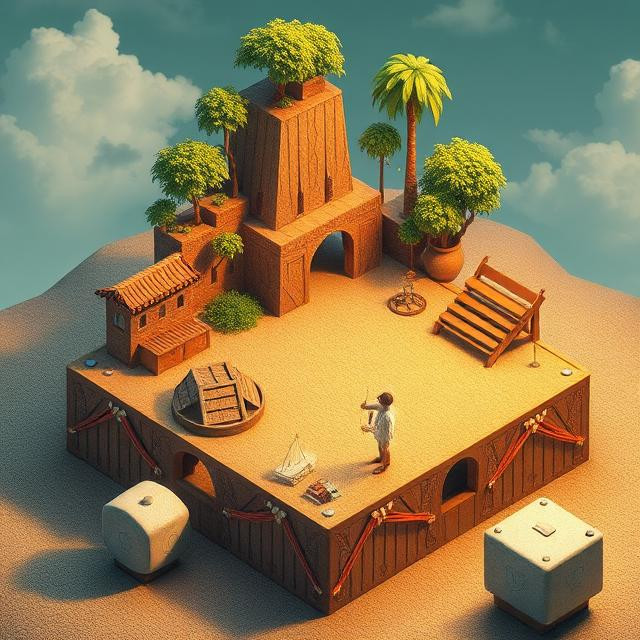Sandbox games give players tools—not instructions. Unlike linear experiences, these games provide systems and space, then let creativity emerge through experimentation, freedom, and self-direction.
Minecraft remains the gold standard. It has no missions, no end goal—just blocks. Yet players have recreated real cities, functioning calculators, or entire video games within it. Why? Because it enables creative expression through a combination of simple rules and infinite variation.
Garry’s Mod and Roblox are also built on user-generated content. These platforms don’t tell you what to do—they ask what you want to do. From physics experiments to multiplayer game modes, creativity becomes the content.
In The Sims, players become architects, storytellers, or social scientists. There are systems—needs, careers, aging—but how you engage with them is entirely up to you. Some build mansions. Others trap NPCs in pool-less backyards. It’s all valid.
Sandbox games encourage creativity by:
- Removing strict objectives or time limits
- Providing systems that interact in complex ways
- Offering customizable tools, mods, or editors
- Enabling players to set their own goals
Rather than telling stories, sandbox games create story engines. Every player’s experience is different because the meaning comes from what they do.
And in an era of constant structure and deadlines, the freedom to simply explore, build, or play without pressure becomes a powerful and liberating form of creativity.

Leave a Reply